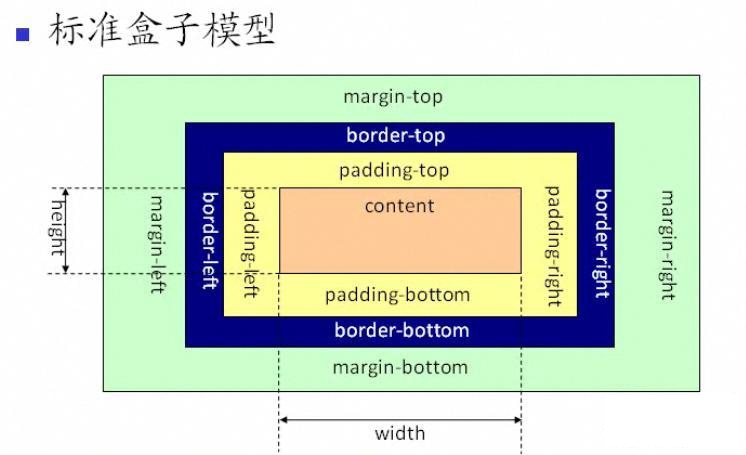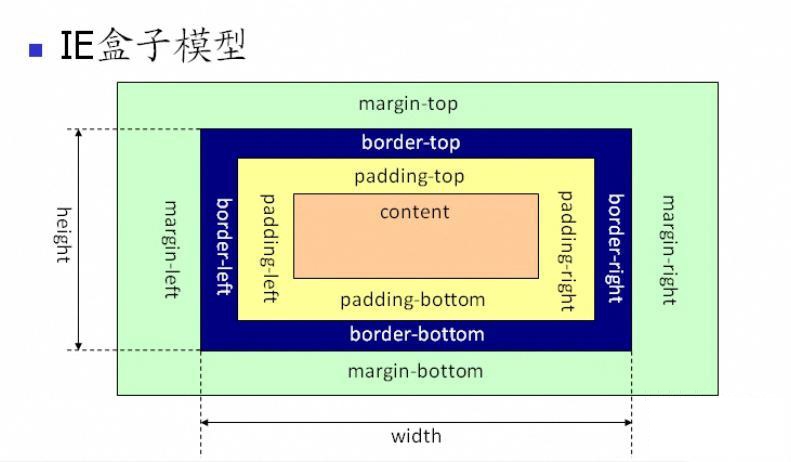CSS 盒模型
所有文档元素都会生成一个名为 element box 的矩形框,它描述了一个元素在文档布局中所占的空间量。

CSS 标准盒模型计算公式
这也是为什么负外边距使得元素盒模型宽度增加的原因。
DEMO:
$Element.getBoundingClientRect()API 可以获得 CSS 盒模型的在页面上的具体信息。
IE 盒模型
由于历史原因,早期 IE 实现的 CSS Box Model 与上图不同。
为了方便区分,通常分别称为标准盒模型和IE 盒模型。
以下是常见的两个模型的对比图。


与标准盒模型不同的是:
IE 盒模型中,样式的
width和height直接决定了盒模型的最终宽度和高度。border属于内容区的一部分。
实际内容宽度 =
width-border-width-padding;
box-sizing
可以通过 CSS 属性 box-sizing 切换盒模型的计算公式。
content-box。 标准盒模型border-box。IE 盒模型
最后更新于